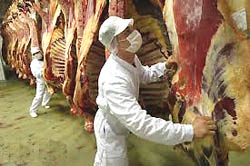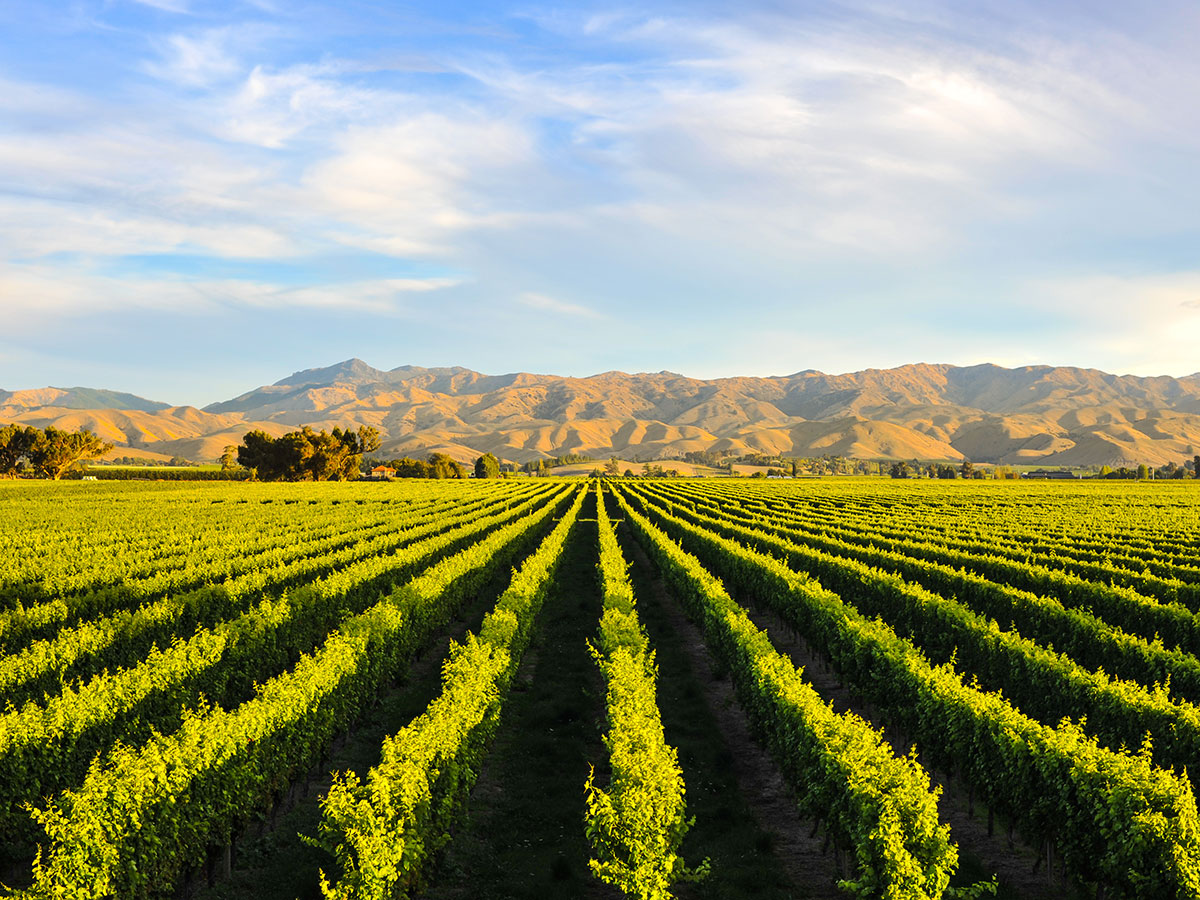By Paul Schwennesen

But isn’t food safety a pressing concern, a public health problem we can’t afford to fool around with? The problem is, the problem isn’t. Emotional rants that “thousands die every year!” do not help us grapple with the scope or magnitude of this alleged threat. Let’s try some perspective: according to the Centers for Disease Control, the estimated number of deaths caused by food borne illness numbers around five thousand a year. Sounds pretty bad, eh? Time to call in the Salmonella SWAT team? Before you do, consider that the same number of people die by intentionally strangling themselves each year. Or that the same number of people die from Alzheimer’s in California alone each year. Or that four times that number die each year accidentally falling off of things. Moreover, 70% of food borne illnesses result from poor food handling procedures during preparation. Unless you’re also on a crusade to flatten everything or cure Alzheimer’s, I’d think twice about ceding greater authority of our food system to centralized management.
True to form, Congress has blithely offered its professional problem-solving services to rid us of the menace of deadly food. And, true to form, it’s about to embark on another unarmed expedition into the tortuous territory of unintended consequences.
More regulations always have the effect of reducing the number of operators in that sector. It can be dramatic (as in the case of the payday loan industry), or it can be insidious (as in the case of the livestock industry). The food industry is no exception; it’s impossible to envision a wave of enthusiastic newcomers clamoring at the gates to enter the food business now that the FDA has been granted the most sweeping extension of powers in seventy years. Granted, some of the bad actors need to be pushed out of the industry (as in the Peanut Corp. of America, which apparently intentionally distributed salmonella-laced product). Call me a Pollyanna, but I don’t think the bad actors generally represent the food industry. The people who do represent a large part of the industry are the small, local, independent operators who have been squeaking by for decades. This kind of regulatory barrage is exactly the sort of thing to make them call it quits. BSE (mad cow) regulations pushed our predecessor to hang up his hat. The increasing silliness over E-coli testing pushed his predecessor over the brink years ago. Warranted or not, an increasingly difficult regulatory environment will always winnow out the small players, leaving the field more sparse than before.
Of course the demand for food hasn’t gone down, so how does the system accommodate a hungry public? Well, that’s where Cargill, Tyson, Monsanto and the rest of the Big Food set come in. They’re not evil (despite bumper-sticker claims to the contrary) they’re just picking up the slack left when the small guys get pushed out by Big Government. I know, I know, it’s easier to blame their success on high-priced lobbying and a cozy relationship with regulators. But consider this: government regulators can only be manipulated by the lobbying and cozying when their hands are firmly on the wheel of that particular industry.
The unintended consequence in this legislative bid to create safer food is to push more and more production into fewer and fewer hands. As we all know, the more top-heavy a thing gets, the more prone it is to toppling (pick your metaphor: pyramids, the Eiffel tower, icebergs, Michael Dukakis…). As Tom Philpott writes, “the real systematic risk of the food system [is] the exponential expansion of hazard that comes from concentrating huge amounts of production in relatively small spaces.”
So, is there any solution? If we agree that even one death from food borne illness is too many (and it is), then how can we aim to squeeze out that lingering menace without artificially exacerbating the very problem we are trying to solve? How can we do to Lysteria what we did to malaria?
I may be waxing heretical, but might I suggest de-regulation? Contrary to myth, markets are in fact very good at giving us what we want, even if those things are intangibles like clean air or safe food.
Let me give you an example: As a producer of livestock and owner of a small (very small, according to the USDA) packing house, I know about the raft of bureaucratic “protections” between you and the beef I produce. There is little or no incentive for me to create a remarkably safer production system because my processes are effectively in the hands of our state inspector. The incentive among producers is to win the race toward the bottom, where you can most cheaply and easily meet the minimum standard. Imagine for a moment what the food world would look like if we made food safety a competitive advantage. What if I could demonstrate (through third-party quality assurance, a sophisticated testing regime, or something completely unthought-of of) that my beef was quantitatively safer than my competition? I suspect that the maligned self-interest of “money-grubbing capitalists” would be instantly harnessed toward the greater public good. I, for one, would probably behave considerably differently if I were continually striving for the next-higher grade on a “Good Housekeeping Seal of Approval” instead of aiming simply for the “Inspected — Passed” stamp.
We didn’t regulate malaria out of existence; we simply ensured that millions of empowered individual actors had the information to combat it (that, and some choice applications of DDT). Allowing food processors to compete for customers by marketing their very best possible food handling practices would have a similar effect.
Regulations are good for imposing minimums, but not at creating excellence. Since our food safety “problem” is clearly in the vanishing margins, excellence is what is needed. This can only really be attained when incentives are structured to push our producers (and consumers) to go the extra step to make food as safe as it can possibly be.
Many food advocates rightly criticize government meddling in the food sector in the late 1940s for attempting to create cheap food at tremendous ecological and sociological expense. Let us not condone the same mistake under the aegis of “safe food.”



